The other day, while scrolling through a food Facebook group, I came across a post about a mystery fruit. Someone had been served the fruit at a Greek restaurant; it looked like a small orange ball packed with vivid red seeds. The post made me realize how unusual red seeds are—and it sparked my curiosity about other fruits that hide such seeds with striking colors. That curiosity led me on a little journey, and today I’m sharing 11 fascinating fruits whose red seeds are as unforgettable as the fruits themselves.
1. Pomegranate
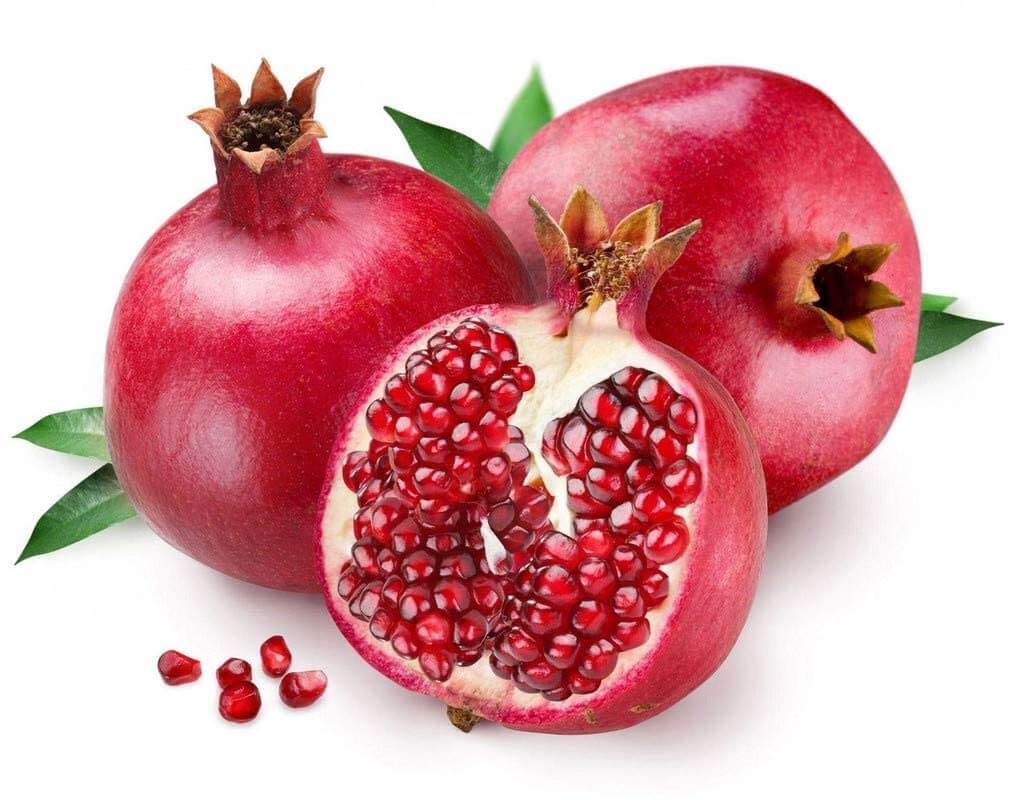
Few fruits are as iconic for their seeds as the pomegranate. Crack one open, and you’re met with a cascade of jewel-like arils—those juicy, bright red casings surrounding the actual seeds. Not only do they burst with sweet-tart flavor, but they’re also packed with antioxidants, making them a favorite in both ancient mythology and modern superfood lists.
2. Gac Fruit
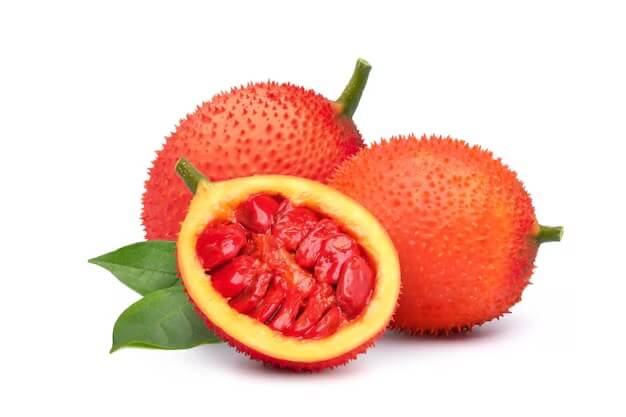
This Southeast Asian delicacy may look intimidating with its spiky orange rind, but crack it open and you’ll discover brilliant red arils surrounding its seeds. Rich in beta-carotene and lycopene, gac fruit is not only a visual marvel but also considered a powerful source of nutrients, often used in traditional dishes and ceremonial events.
3. Annatto (Achiote)
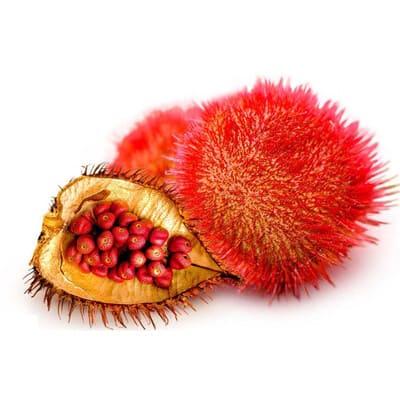
This lesser-known fruit produces clusters of small, vibrant red seeds that have earned a special place in culinary tradition. Used as a natural dye and spice in Latin American and Asian cuisines, annatto seeds are known for giving foods like cheddar cheese and achiote oil their characteristic warm color.
4. Passiflora Caerulea
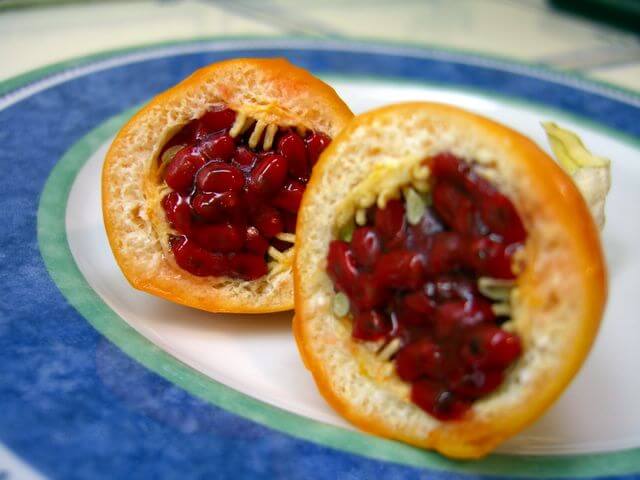
Passiflora caerulea, the blue passionflower, produces striking egg-shaped fruits that turn from green to orange-yellow when ripe. Inside, the pulp is filled with bright red seeds that stand out vividly against the golden shell. While not as sweet as other passionfruits, the fruit’s colorful seeds make it visually stunning and a favorite among birds.
5. Magnolia Fruit
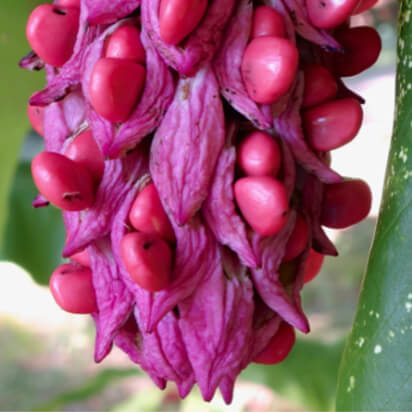
Magnolia trees don’t just produce fragrant flowers—their cone-shaped fruit structures split open to reveal striking, shiny red seeds. These seeds are often suspended by thread-like filaments, creating a surreal and decorative effect. Though not typically consumed, they play an important role in the tree’s reproduction and ornamental value.
6. Coral Bean (Erythrina)
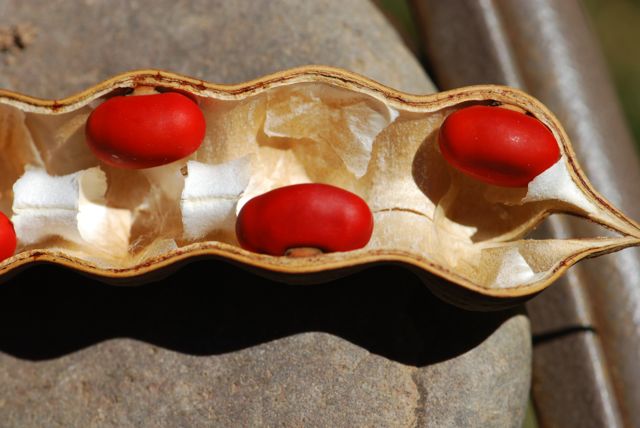
Despite its name, the coral bean isn’t something you’d want to snack on. Its dazzling bright red seeds are beautiful but highly toxic. Often used in jewelry or crafts, these seeds are a reminder that in nature, beauty can sometimes come with a warning label.
7. Jequirity Bean (Rosary Pea)
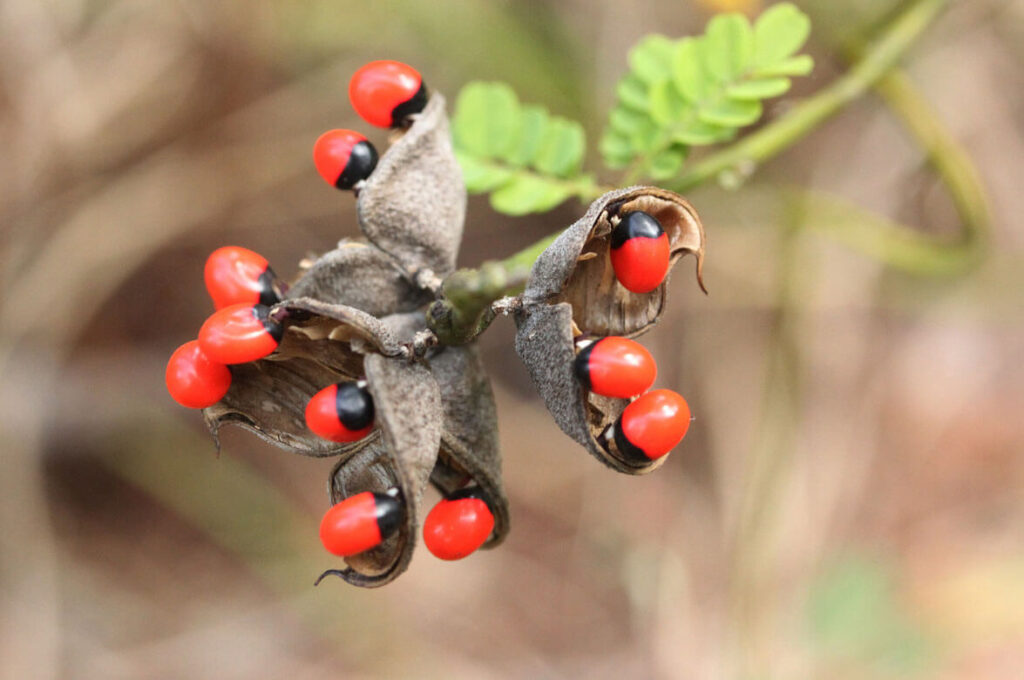
Perhaps one of the most eye-catching seeds in the plant world, the jequirity bean features glossy red seeds with a single black dot—like nature’s own beadwork. Though visually appealing and used in traditional rosaries and jewelry, the seeds are incredibly poisonous if ingested or even scratched open.
8. Dragon Fruit (Pitaya)
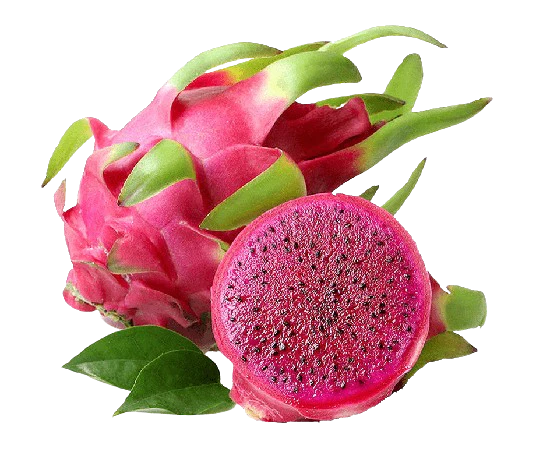
Most dragon fruits are speckled with small black seeds, but some red-fleshed varieties may exhibit dark-red or reddish seeds, especially when the fruit is extremely ripe. These seeds, embedded throughout the flesh, add a pleasing crunch and are a source of healthy fats and fiber.
9. Balsam Apple
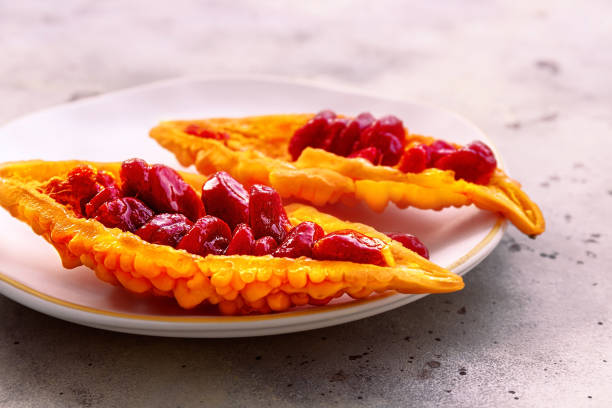
Balsam apple (Momordica balsamina) is a wild climbing vine that produces bright orange, wrinkled fruits which split open as they ripen. When the outer skin bursts, it reveals striking clusters of shiny red seeds coated in a fleshy covering. Though bitter and not commonly eaten raw, the plant has traditional medicinal uses in various cultures.
10. Strawberry
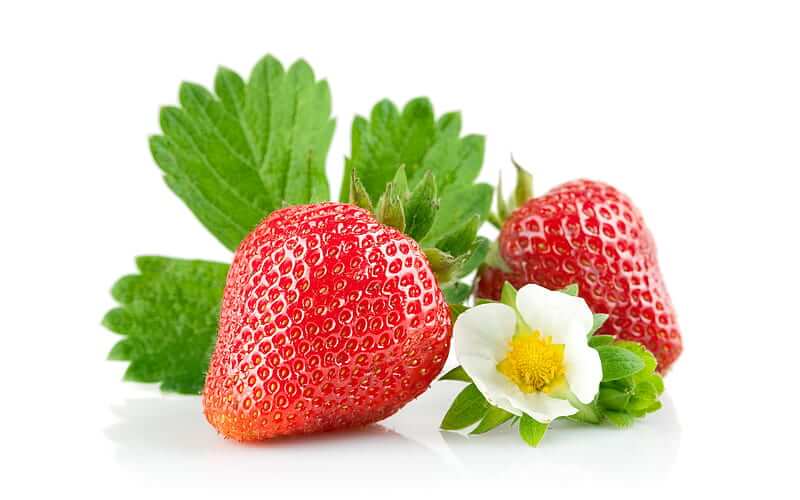
Unlike most fruits, strawberries wear their seeds on the outside (Discover other fruits with seeds on the outside here). While these tiny dots are usually tan, some varieties or ripening stages can give them a reddish hue, subtly complementing the fruit’s bright red skin. It’s a rare case of seeds being both part of the fruit and part of the show.
11. Figs
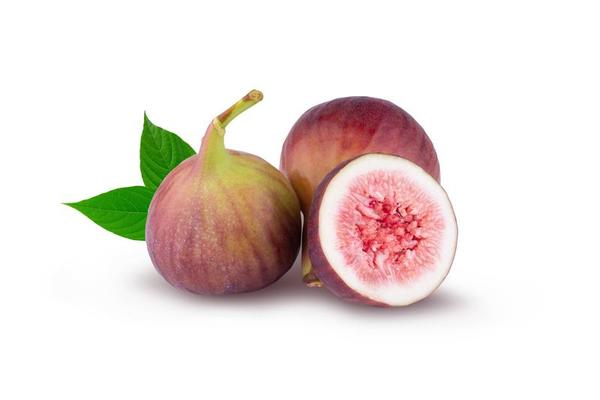
Inside certain fig varieties like Black Mission, Kadota, or Adriatic, you’ll find a soft interior dotted with hundreds of tiny seeds that can range from pinkish to deep red, especially when the flesh itself is richly colored. These seeds not only add texture but also contribute to the fig’s crunchy-smooth mouthfeel that fans adore.
